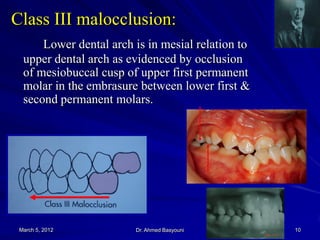super class i occlusion
They also reveals bilateral asymmetries severity of malocclusion for example. Understanding the 3 Class Types of Malocclusion.
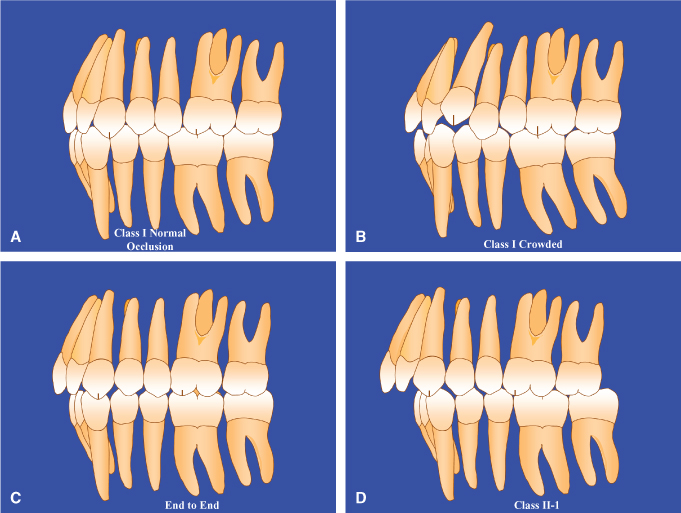
1 Orthodontic Diagnosis And Treatment Planning Pocket Dentistry
Since the introduction of modern orthodontics several indices have been proposed to help prediction normal maxillary arch width that.

. Lateral view of occlusion pretreatment A and at the end of distal movement of Tooth 26 when a super Class I relationship had been achieved B. After Herbst treatment T2 a bilateral Class I or super Class I 025 cusp widths mesial molar relationship was seen in 182 of the subjects of the SYM subjects only. Class I pseudo-Class I super Class I.
A Class I occlusion is what is typically considered the ideal and least destructive occlusal relationship. Mesiobuccal groove of md. Class 1 malocclusion have most teeth in normal occlusion with one to.
FEATURES OF CLASS I MALOCCLUSION. Distal of md canine is distal to mesial of mx. What is Class I Occlusion.
At 05 mm lateral excursion canine protected occlusion was more dominant in Class I incisor canine and molar relationships. Occlusion is defined as making contact with the surface of an opposing tooth when the jaws are closed. Class 1 - Class 1 malocclusion involves normal molar relationship as seen in Normal Occlusion but.
The three classes according to Angles classification are as follows. At this point new digital models were obtained and a set-up was designed for the second phase of therapy using F22 aligners Sweden Martina Due Carrare Padua Italy. The incisor relationship is classed as normal overjet 23 mm although there may be localised transverse discrepancies.
Class I pseudo-Class I super Class I. There were no. The mesiobuccal cusp of the upper first molar occludes with the buccal groove of the lower first molar.
And those between class I and class III are called super I malocclusion notation S1. What is a Class I occlusion. In orthodontics a malocclusion is a misalignment or incorrect relation between the teeth of the upper and lower dental arches when they approach each other as the jaws close.
What is a Class II bite. These malocclusions. A mild class 2 occlusionEnd to endcan be.
Class 1 Class 2 and Class 3. In order to better understand types of occlusion its been broken down into three categories. Management of distal occlusion with functional appliances can lead to improvement in oro facial function through muscle adaptation along with dental and skeletal changes.
Shorts braces teethFor the best smile and bite there are a lot of factors that your orthodontist will. The English-language term dates from 1864. Malocclusion is defined as improper.
A class 1 malocclusion neutroclusion occurs in horses with. This is the correct occlusion and it gives the person a well-balanced profile in the anteroposterior plane. Patient occlusion is based on individual movements tooth surface the shape of the muscles of the condyle how they operate and if they have a TMJ disorder.
Which is it and why is it important. The mesiobuccal cusp of the upper first molar occludes with the buccal groove of the lower first molar. Class II occlusion is also known as.
Class I malocclusions 44 Class II division 1 27 Class II division 2 17 Class III 3 Indeterminate 9. Although this is a gross oversimplification a Class I occlusal relationship is often identified by the lower anterior incisors sitting just behind the upper anterior incisors when biting down. Edward Angle 1855-1930 the father of modern orthodontics need quotation to verify need quotation to verify popularised it.
Normal Occlusion - For a normal occlusion the mesio-buccal cusp of the maxillary first molar is aligned with the buccal groove of the mandibular first molar. Soft tissues Class I malocclusions usually has a favourable or balanced soft tissue features with normal function. Malocclusion of teeth is a misalignment of the biting surfaces of the upper and lower teeth.
Find read and cite all the research. 17 Some Class III malocclusions feature steeper lower occlusal planes with mesially tipped crowns over distally positioned apices. Skeletal profile for class I occlusion.
Of the sides with a flush terminal plane 56 progressed into a Class I molar relationship and 44 into a Class II molar relationship. These malocclusions respond well to posterior arch extractions to facilitate counter-clockwise mandibular occlusal plane. This occurs when the lower molars are positioned more towards the.
At 3 mm lateral excursion canine protected occlusion was dominant in Class II occlusion. 1st molar is distal to mesiobuccal cusp of mx 1st molar canine. Class II bites are often referred to as an overbite.
The sides of the arch that started with a distal step in the deciduous dentition proceeded to develop into a Class II molar relationship in the permanent dentition. Author T J Spahl. Based on all of the above we found it particularly interesting to explore the relationship between static and dynamic occlusion.
People with normal occlusion have a perfect bite and the points of the molars of each set. Same as normal occlusion but characterized by crowding rotations and other positional irregularities. Same as normal occlusion but characterized by crowding rotations and other positional irregularities.
Success with this treatment result depends upon slight over-correction of the buccal segments molars and canines to a super Class I which builds anchorage into the. Which is it and why is it important. Aligned using super-elastic nickel-.
A unilateral or bilateral Class III molar relationship 025 cusp widths mesial was seen in 1000 of the SUB subjects and 818 of the SYM subjects. The three classes according to Angles classification are as follows. In this population more than 50 per cent of the necessary appliance treatment would be involved in treating Class 2 Division 1 occlusion.
However in cases with- - bimaxillary dentoalveolar protrusion the lips may be full and everted -increased vertical height the lips may be incompetent resulting in an adaptive tongue thrust. Class I is a normal relationship between teeth jaw and jaw. Occlusal Plane and Apices Naturally compensated skeletal Class III patterns tend to have flatter occlusal planes.
11307271 No abstract available. It is important to surpass the neutroclusion of the cuspids to a Super Class I. Its a deviation from the normal occlusion of teeth where all the upper teeth fit over the lower teeth.
Canine by width of a premolar. Angles classification This help clinician to better describe the occlusion.

Treatment Of A Severe Class Ii Division 1 Malocclusion Combined With Surgical Miniscrew Anchorage American Journal Of Orthodontics And Dentofacial Orthopedics

Malocclusion Bite Patterns C Youtube

Dental Ergonomics How To Access Patient S Teeth In The Different Quadrants Clock Positioning Dental Cosmetic Dentistry Dental Assistant School Dental Anatomy

Must Know Classifications Of Dental Caries For The National Dental Hygiene Boards Dental Caries Dental Dental Hygiene Student

Black Drip Bottom Teeth Grillz In 2022 Bottom Teeth Grillz Grillz Brass Metal
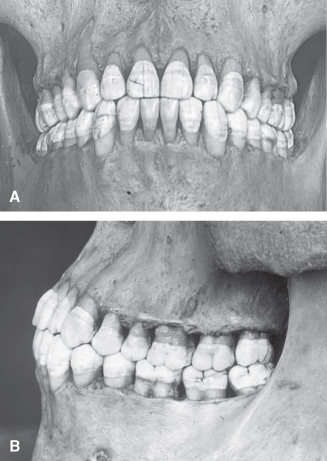
1 Orthodontic Diagnosis And Treatment Planning Pocket Dentistry

12 The Dental Examination Dental Charting Dental Hygiene Student Dental Assistant School
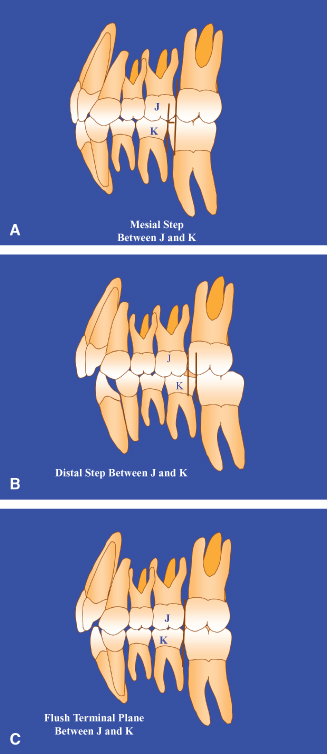
1 Orthodontic Diagnosis And Treatment Planning Pocket Dentistry
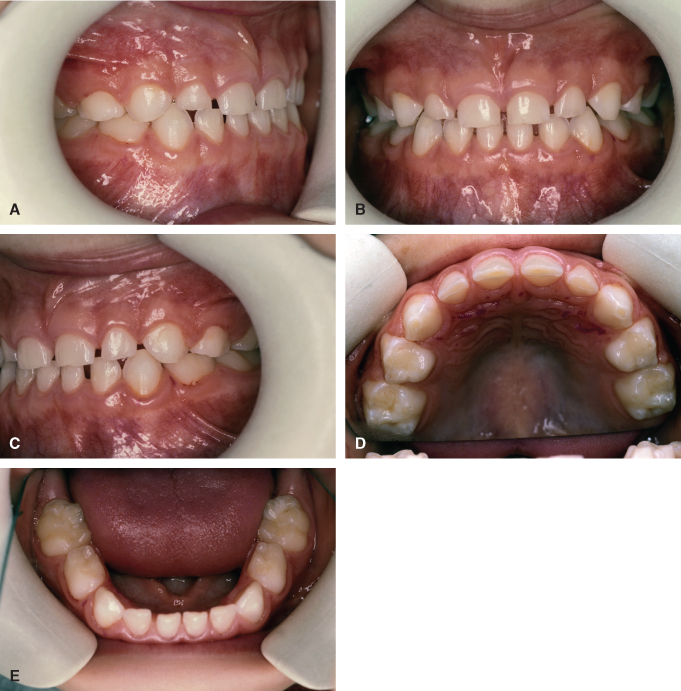
1 Orthodontic Diagnosis And Treatment Planning Pocket Dentistry
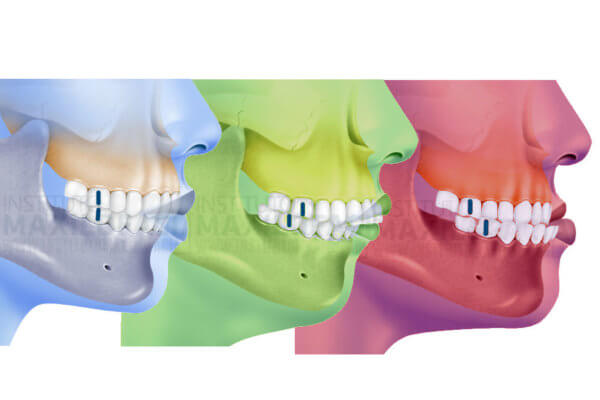
What Is A Class I Class Ii Or Class Iii Bite Instituto Maxilofacial

Maxillary Alveolar Fracture Fracture Dental Humor Dental Problems

Classification Of Malocclusion

Spaceship Super Freighter Startrader 3d Model Spaceship Design 3d Model Model
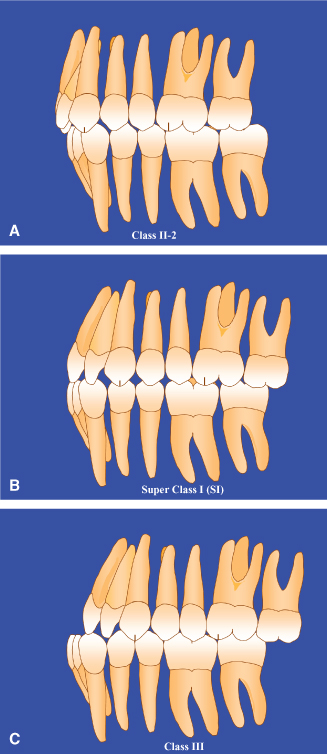
1 Orthodontic Diagnosis And Treatment Planning Pocket Dentistry
